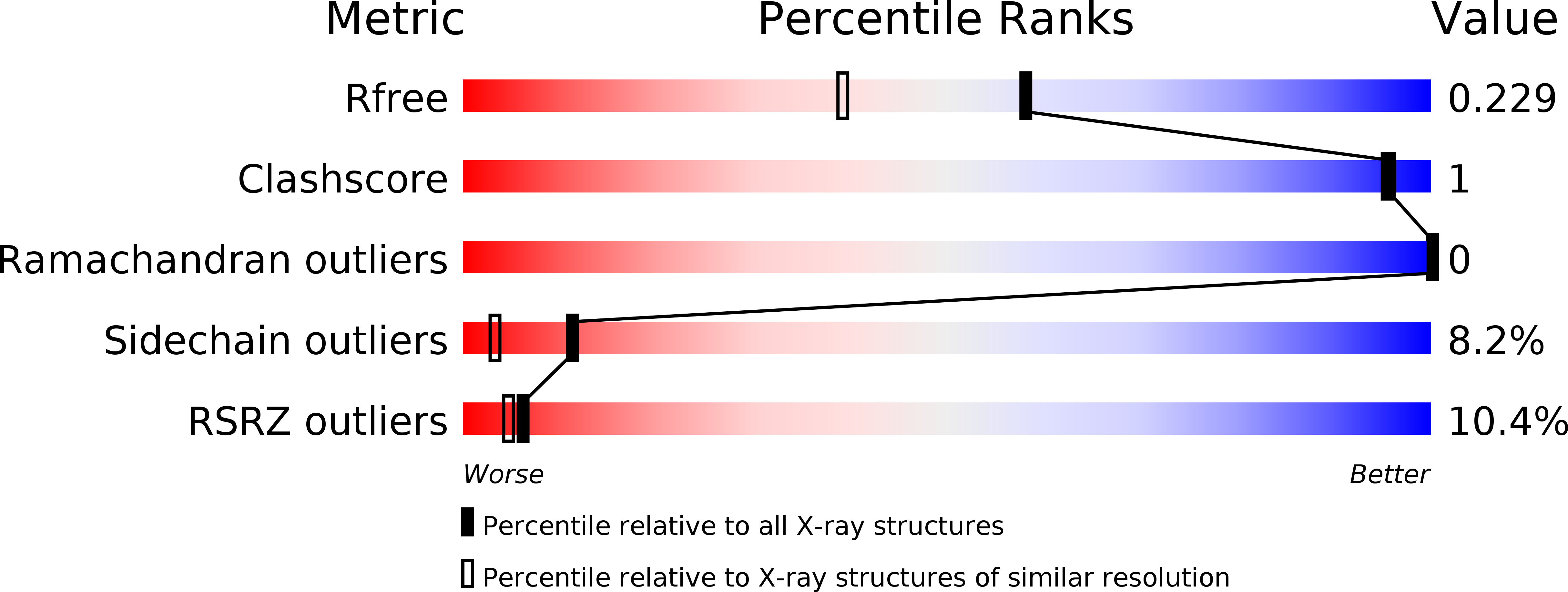
Deposition Date
2003-10-20
Release Date
2004-06-01
Last Version Date
2023-12-27
Entry Detail
PDB ID:
1V2Z
Keywords:
Title:
Crystal structure of the C-terminal domain of Thermosynechococcus elongatus BP-1 KaiA
Biological Source:
Source Organism:
Thermosynechococcus elongatus (Taxon ID: 197221)
Host Organism:
Method Details:
Experimental Method:
Resolution:
1.80 Å
R-Value Free:
0.26
R-Value Work:
0.22
R-Value Observed:
0.22
Space Group:
P 43 21 2


